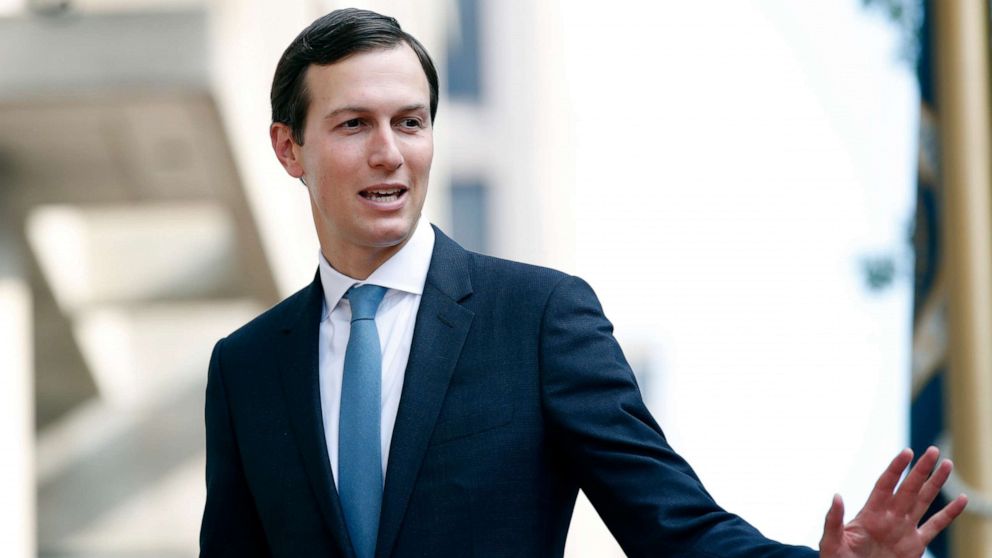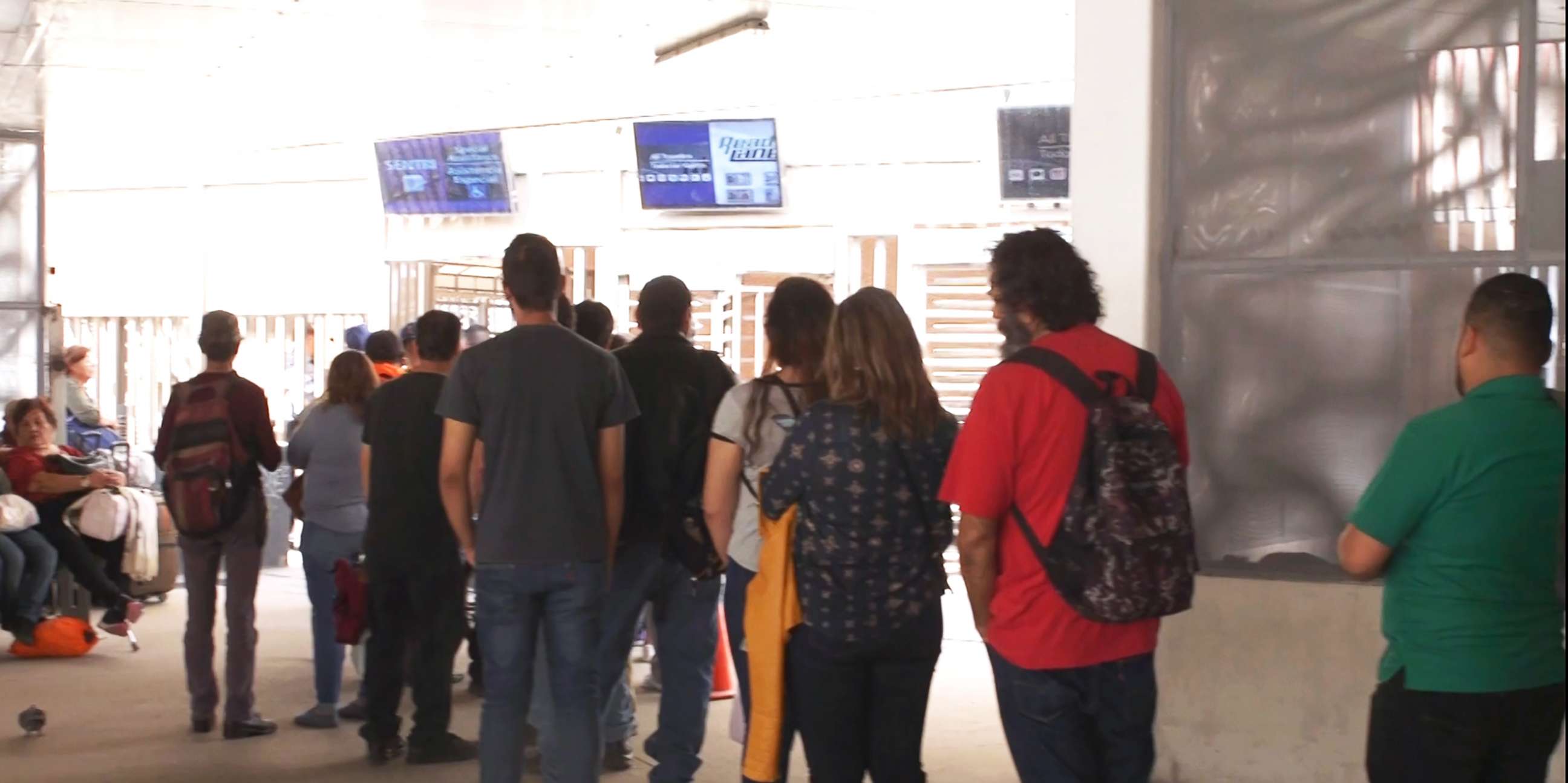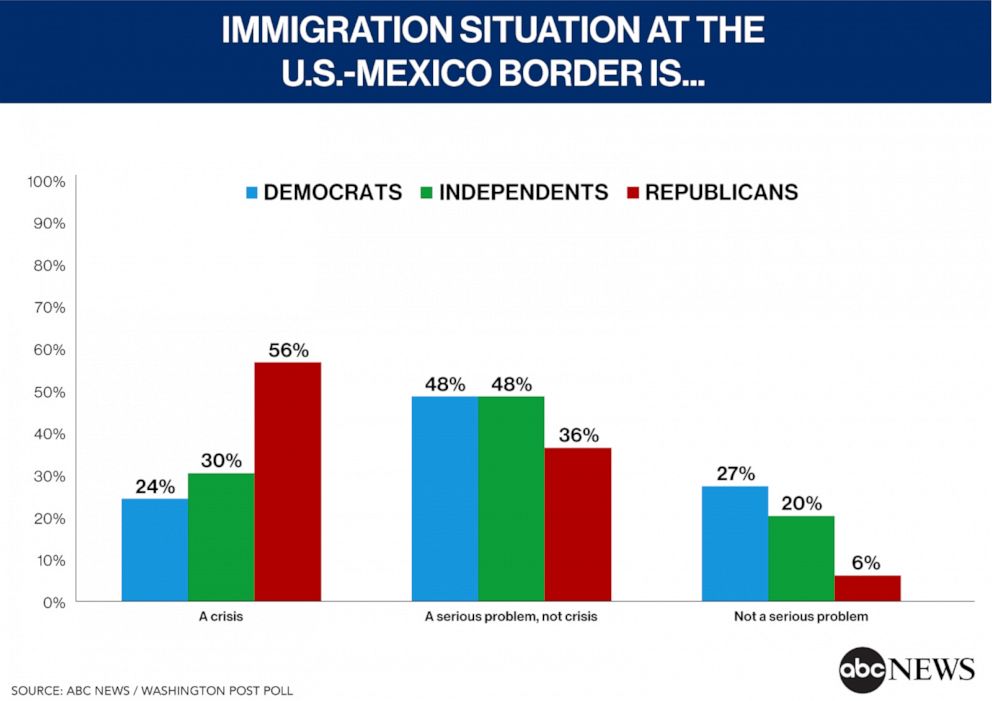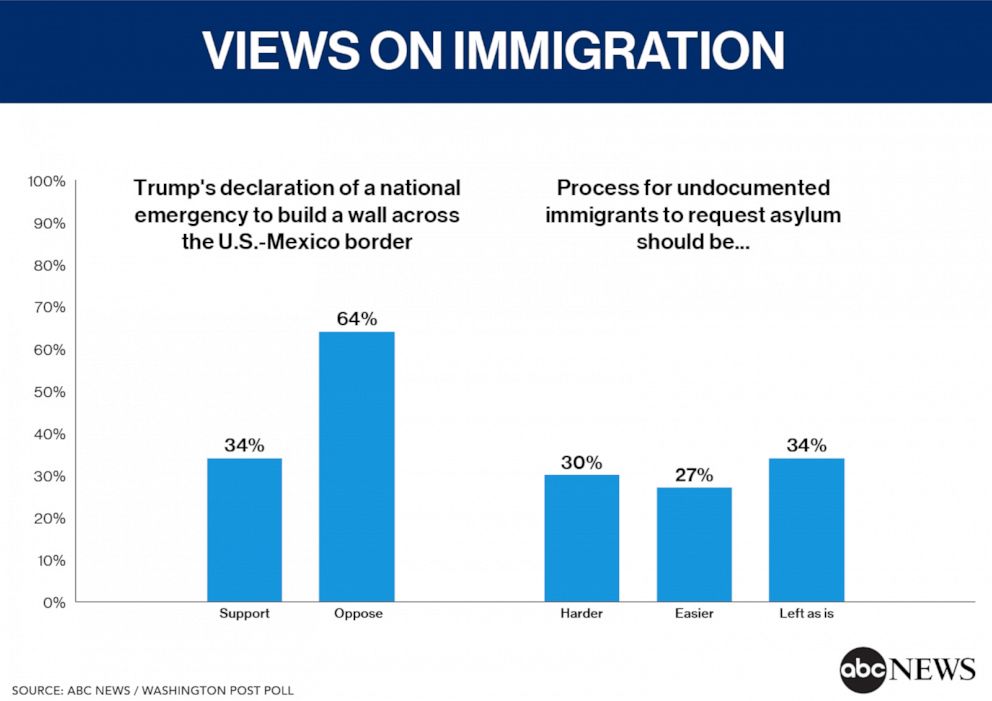Trump's immigration plan fails to address key parts of debate: ANALYSIS

President Donald Trump’s new immigration plan landed with a thud this week after failing to address key aspects in the debate and leaving Republican senators to acknowledge they weren't sure how it'd make its way through Congress.
The proposal -- drafted by the president's son-in-law Jared Kushner and backed by immigration hardliner Stephen Miller -- was briefed to policy think tanks, GOP senators and news outlets ahead of Trump's official rollout in a speech Thursday in the Rose Garden. While short on specifics and narrow in scope -- it mostly addresses legal immigration -- the plan was pitched as a flash of consensus in the White House that could be used as a starting point for negotiations with Democrats.
"It's a smart policy that really ought to get broad bipartisan support," a senior administration official told reporters.
But as the details trickled out, so did the questions. How would the administration address the massive influx of refugees at the border? What would happen to young immigrants living in the U.S. since childhood known as "DREAmers" as well as millions more who have spent decades working in this country? And while Trump's plan called to improve border security in general, was the president ready to let go of that "big, beautiful wall" he promised on the campaign?

Meanwhile, Trump ally Sen. Lindsey Graham on Wednesday previewed his own plan to address the refugee crisis by allowing lengthy detention of families at the border, describing the separate White House proposal as a more general attempt to unify Republicans.
“The White House’s plan is not designed to become law. This is designed to become law,” said Graham, R-S.C., of his proposal.
The senior administration official in turn described Graham's proposal as a "subset" of the White House plan.
“It’s very easy to be pessimistic and again, we recognize how hard this is," the official said.
A comprehensive immigration bill has eluded the U.S. for years, including under President George W. Bush who came close but was ultimately unable to satisfy immigration hardliners in his party who decried what they called "amnesty," and Republican moderates and Democrats who wanted to provide a path for citizenship for the estimated 11 million undocumented migrants living inside the United States.
Since Trump has come into office, the immigration issue has only grown more pressing.
While the number of undocumented migrants initially dipped in 2017, the number has since soared to record highs -- a reflection of both poverty and gangs in Central America. Trump and border authorities also say migrant families are coming because they realize the U.S. isn't able legally to detain families traveling with children past the court mandate of 20 days. Graham's legislation would by law allow family detention up to 100 days.
According to the Homeland Security Department, border officials encountered some 40,000 children in the month of April alone. There are 13,000 minors currently in custody of the Health and Human Services Department, mostly older children and teens who travel to the U.S. without their parents. They are now mostly scattered across the U.S. in privately run shelters, including a former Walmart in Texas converted into a children's home.

Trump's latest plan calls for faster processing of the asylum claims, but the administration doesn't say how exactly. U.S. law still allows people to seek refuge inside the country and to plead their case before a judge. But Trump has previously been unsupportive of hiring more immigration judges, suggesting they could be easily bribed.
The senior official, who briefed reporters on condition of anonymity, said this proposal wasn't intended to address the undocumented population and that the administration would address that matter separately at a later date. The official also described the feedback among GOP senators as "fabulous" despite Republican aides expressing skepticism and even confusion about the administration's plan.

Under the Kushner proposal, the U.S. would keep its cap of 1.1 million green cards, but prioritize applicants who are younger, college educated and speak English.
Whereas only 12 percent of the nation's visas are currently given to people based on employment skills, the plan would raise that to 57 percent. Meanwhile, the percentage of humanitarian visas would be cut in half, from 22 percent to 10 percent, according to charts provided to reporters.
House Speaker Nancy Pelosi said Thursday she objects to use of the word "merit" when it comes to immigration selection, calling it "condescending." “Are they saying family is without merit? Are they saying most of the people who have ever come to the United States in the history of our country are without merit because they don’t have an engineering degree?" she asked.
Lowering the number of unskilled workers in the U.S. could put added pressure on U.S. businesses. The Trump administration recently agreed to dramatically expand the number of foreign workers to do unskilled seasonal jobs, such as landscaping and staffing hotels, because employers said there weren't enough Americans willing to do those jobs.
But policy analysts overall confirm the new approach favoring skilled workers could be slightly beneficial to the economy because the higher wages earned by skilled migrants could result in more spending and that in turn generates new jobs.
Julia Gelatt, a senior policy analyst at the nonpartisan Migration Policy Institute, said mostly skilled workers tend to be good at finding "niches" that employers need to fill, so that it's unlikely that skilled immigrants would pose much of a competition threat to American workers.
Gelatt said, the latest proposal would mostly be a game changer because it changes the calculation of who can apply to enter the country and shifts that decision away from the employer and hands it to the government.

Norbert Michel, the director of Center for Data Analysis at the right-leaning Heritage Foundation, agreed the economic impact on the White House proposal to favor skilled migration would probably be a net gain. But it's tough to say how much that gain would be.
"We really don't let the market determine who comes in" the United States, he said. "So there's no way to tell what the true demand is. We've obscured the market signals."
But both Gelatt and Michel predicted Trump's plan isn't last word on immigration either. Gelatt said "the biggest thing is what's missing and what we don't know" the administration will do next.
Added Michel: "Everyone who knows the issue, knows this is a heck of a hornet's nest."
ABC News' Quinn Owen, Meridith McGraw and Mariam Khan contributed to this report.



